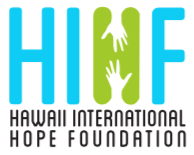2006 – Northern Thailand and Cambodia
The year has been one of considerable satisfaction for HIHF, particularly in terms of the projects we’ve undertaken. We’ve been able to expand the scope of our projects as a result of generous donations.
HIHF paid for the construction of three new dwellings (two small, one large) at the Sangkeum Center (Organic Farm) Agriculture Project. These facilities will provide orphans and other needy youth the opportunity to live on-site and learn about organic farming. They will be “active” participants and will share in the profits the farm generates.
The Foundation continued to provide financial support for the construction of a medical clinic, which will serve the needs of six (very poor) Lahu villages in northern Thailand. We’re working with a small organization called Kids Ark, which is located in Chiang Mai. Besides seeing to the medical needs of the many children in the area, the clinic will also be active in trying to prevent the spread of AIDS in the region as well as providing treatment for HIV positive victims. We have received a donation of $3,000 from Nike Corporation for this purpose, as well as smaller donations from individual Nike employees.
The plan of 2005 to build a methane generator which using pig manure as fuel was accomplished. Besides poop, the only other ingredient needed to create the gas is water. Weigelt, along with new board-members Ron Gall and David Loeding constructed the generator at the Seungkum Center in Cambodia in July 2006. Local labor and local materials were used. The gas will provide energy for cooking, lighting, and heating water. As a by-product, the waste water can be used to fertilize the crops. It’s important, I believe, to keep in mind that the goal of HIHF is not to put orphaned children into institutions. Rather, it is to help provide a better life for unfortunate children. A root problem in most places in Cambodia and many specific areas in Thailand is poverty. Our thinking, stemming largely from many discussions with the fine folks at Kids Ark, is that we can do more by helping to raise the abysmally low standard of living in villages. To illustrate, if the mother and father of a child were to die, other villagers may not have the means to bring them into their home, as much as they might like to. On the other hand, if the village is even slightly more affluent many of the villagers would be happy to take them in and raise them as their own. The children would remain within their own culture rather than being uprooted and placed into an institution. One fairly small methane generator has the capacity to serve approximately six homes, hard earned income (a laborer in Cambodia earns about $1.50 per day) need not be spent on purchasing expensive fuel, and the environment benefits in several ways as well. After discussion amongst HIHF board members, it was decided that we will continue to build methane generators in the region during the years ahead. One of the board members even thought up a catchy slogan — “Where there’s poop, there’s HOPE”. Our target for next summer is to build three or four generators in the Siem Reap area. We’ll be continuing consultation with the monks at one of the main temples in Siem Reap in helping to identify villages which could benefit most from our donation.
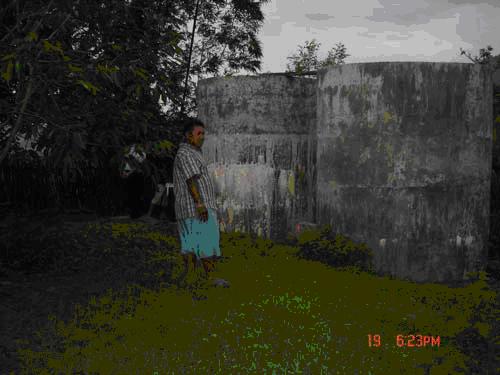 |
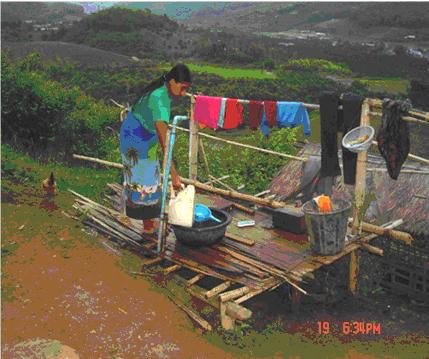 |
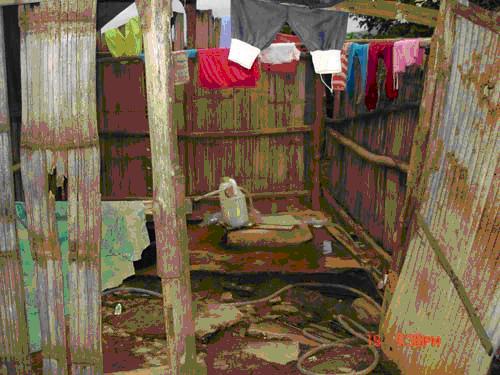 |
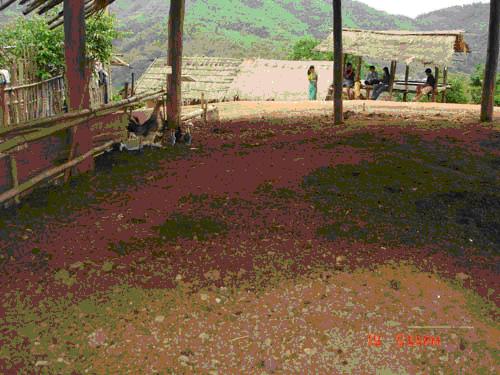 |
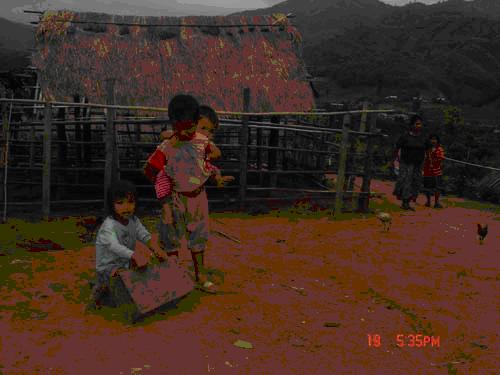 |
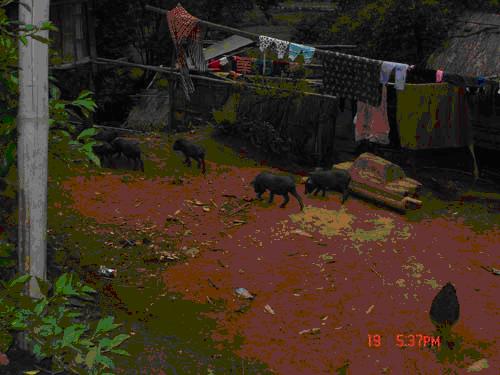 |
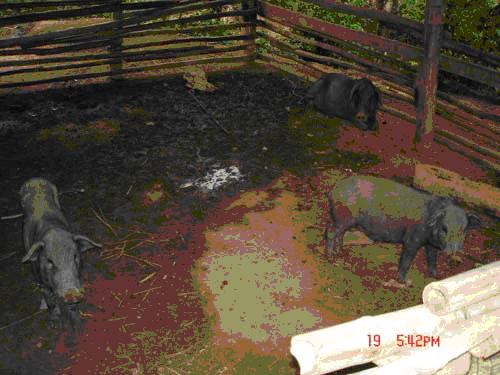 |
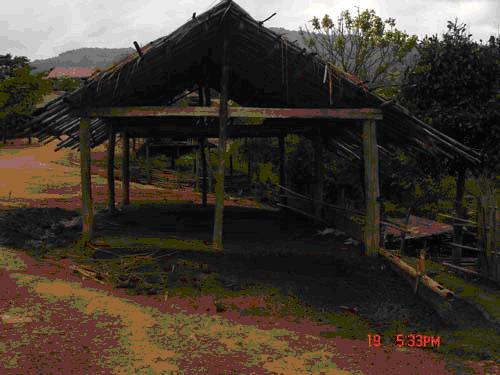 |
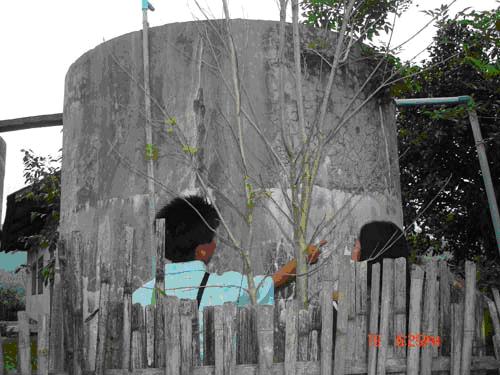 |
In addition to the above projects, HIHF was also able to donate a year’s salary for two teachers, one in northern Thailand (through Kids Ark) and one in Cambodia (through the Sangkeum Center), both in places where teachers are sorely needed. Public school teachers make an annual salary of $1,000 per year in Thailand, considerably less in Cambodia. Class size, in both places, is enormous.
